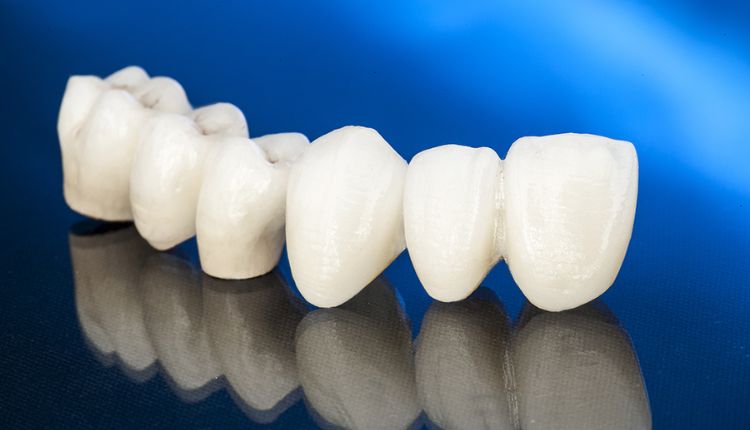Bioceramic materials are transforming routine restorative procedures. You may wonder why this matters. Teeth are more than just tools. They shape how you eat, speak, and smile. With the rise of bioceramics, you’re getting a more natural feel and look that’s closer to real teeth. For example, when considering options like all on 4 implants in Hollywood, FL, you gain the benefit of these advancements.
Bioceramics offer durability that mimics your tooth’s original structure, enhancing comfort and strength. They integrate well with your body and reduce complications. This means faster recovery and fewer follow-up visits. But it’s not just about efficiency. It’s about bringing back your confidence and maintaining your health with materials designed for your mouth. You deserve restoration that feels right and lasts long. Bioceramic materials are now the standard for quality care. Experience a new era of dentistry that prioritizes your well-being.
Why Bioceramic Materials Matter
Bioceramics are vital in modern dentistry due to their unique properties. They provide a biocompatible and natural alternative for tooth restoration. This means they work well with your body and are less likely to cause adverse reactions. Unlike traditional materials, bioceramics do not break down over time. This longevity means fewer replacements, saving you time and money.
The Advantages of Bioceramic Materials
- Improved biocompatibility: Bioceramics are less likely to cause allergies or irritations.
- Enhanced durability: They withstand daily wear and tear better than many traditional materials.
- Better aesthetics: Their appearance closely mimics natural teeth, offering a more pleasing result.
Comparing Traditional Materials and Bioceramics
| Feature | Traditional Materials | Bioceramic Materials |
|---|---|---|
| Biocompatibility | Lower | Higher |
| Durability | Moderate | High |
| Aesthetics | Good | Excellent |
| Cost Effectiveness | Variable | Long-term savings |
Applications of Bioceramic Materials
Bioceramics are used in many dental procedures. They are common in root canal treatments, dental implants, and crowns. For example, research from the National Institutes of Health shows that using bioceramics in root canals improves sealing, reducing infection risks.
In implants, bioceramics offer a strong base for new teeth. They integrate with your bone, providing stability akin to your natural tooth roots. This integration is crucial for comfort and function, letting you enjoy a full range of foods without worry.
Health Benefits
Bioceramic materials come with multiple health benefits. Their biocompatibility minimizes the risk of rejection or allergic reactions. Their ability to bond with bone and tooth tissue helps maintain oral health, preventing complications like infections. This bonding also aids in preserving the bone structure of your jaw, which is essential for long-term oral health.
Considerations for Patients
If you are thinking about bioceramic materials for dental work, consider the longevity and natural appearance they offer. Discuss with your dentist to understand if they are right for your needs. They may cost more initially, but their durability can result in less frequent replacements over time. This can lead to savings and peace of mind.
Conclusion
Bioceramic materials change the landscape of restorative dentistry. Offering a blend of durability, aesthetics, and biocompatibility, they meet the needs of modern patients seeking lasting and natural solutions. Whether you need a crown, implant, or other restorative work, consider the advantages of bioceramics. With advancements in this technology, you can enjoy improved dental health and a more confident smile.

